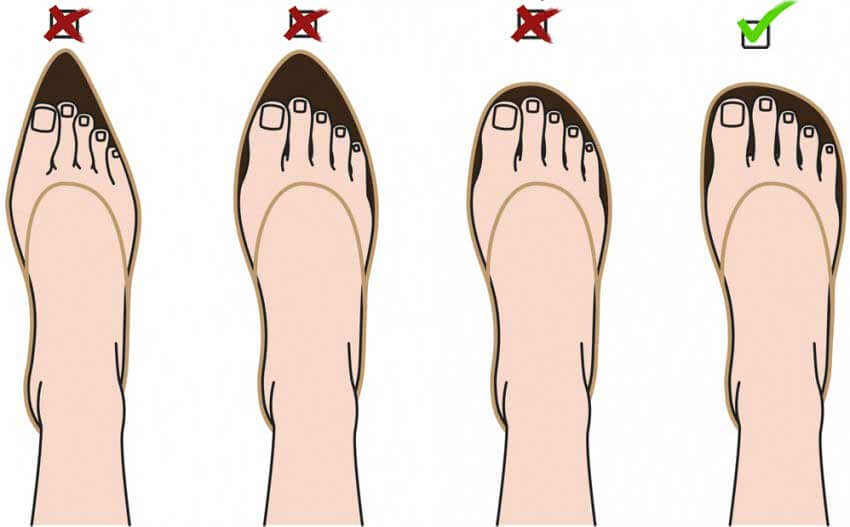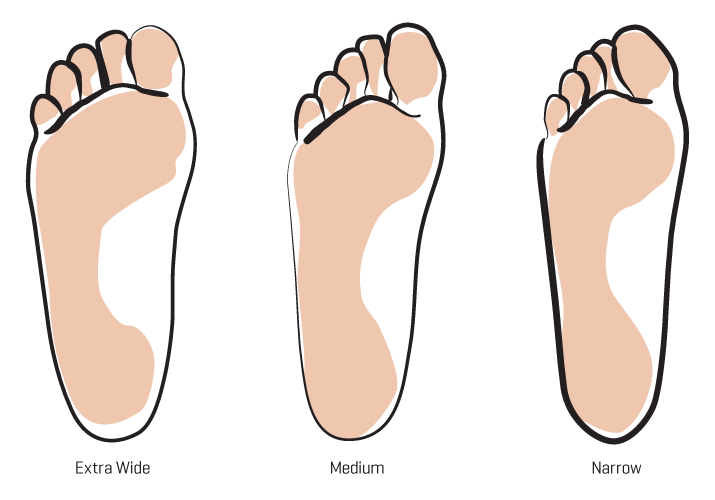

Overcrowded Toes: A Common Source of Foot Pain and Disorders
Overcrowded toes can induce the development of a variety of foot diseases and structural foot disabilities. In fact, toe overcrowding is most likely the main source of foot problems. One of the most common causes of overcrowded toes is footwear: ill-fitting, tight, short, narrow or pointy shoes can cause the constriction and compression of the toes, and ultimately induce a number of disorders.
Overcrowded toes can lead to toe overlapping, with toes resting on top of each other, which increases friction and causes discomfort. Another common consequence are pinched toes, which occur when toes rub against each other so excessively that soft corns develop between the toes, which can be painful.
Another condition that can develop due to overcrowded toes is hammertoes. A hammertoe is a deformed toe that acquires a crooked or clawed shape. Be it due to inadequate shoes alone, or to genetic reasons that increase the likelihood of developing such injuries, toe overcrowding usually leads to the development of muscle or ligament imbalances that create an increased pressure to the toes’ joints; this causes them to bend and to potentially become held in this position.
Morton’s neuroma can also develop due to overcrowded toes. In fact, the main reason why Morton’s neuroma is more common in women is most likely footwear. Although men are also affected by Morton’s neuroma, women account for the vast majority of cases. Using narrow and pointy shoes, particularly when these are also high-heeled, can place an overwhelming pressure on the forefoot, particularly on the toes.
Obviously, an increased pressure on the forefoot will also place an increased pressure of the forefoot’s nerves, causing entrapments or other mechanical traumas. Local blood flow may also be affected, leading to injury due to low oxygen supply. As a consequence, a nerve may become deformed and inflammation may develop, ultimately leading to the formation of a neuroma.


By providing us with your information you are consenting to the collection and use of your information in accordance with our Terms of Service and Privacy Policy.